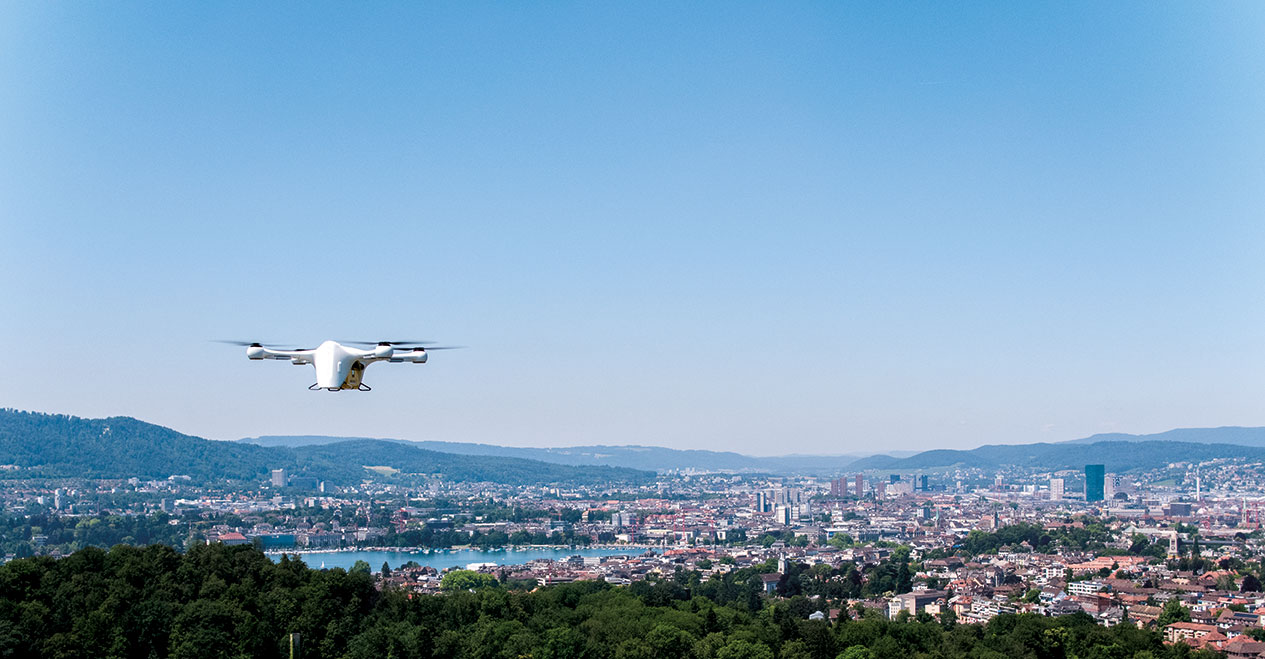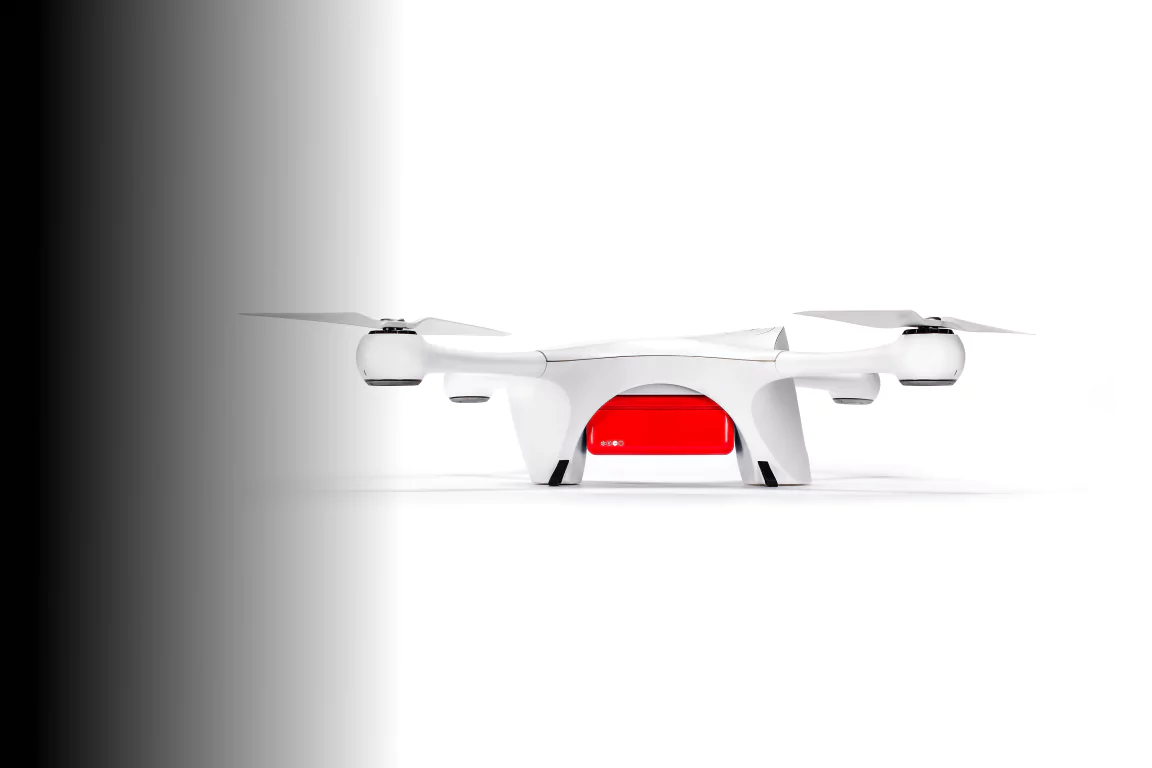Meeting Regulations for Rapid Drone Delivery for Medical Test Samples
Transporting goods via autonomous drones is a rapidly growing industry that is transforming the way companies move valuable goods. For instance, Matternet, a Menlo Park, California-based startup, is building drones to reduce the time it takes to transport medical samples between hospitals and testing laboratories. Using drones, instead of traditional medical couriers, eliminates traffic delays due to common urban congestion, which is critically important for transporting the most time-sensitive medical test samples.
HiveMQ has proven to be a safe, reliable and high performance communications platform that just works, right out of the box.
One of Matternet’s first deployments is in Zurich, Switzerland. In partnership with Swiss Post, Matternet drones transport laboratory samples between the Hirslanden Klinik Im Park hospital and ZLZ blood laboratory. In the daily deliveries between the two facilities, delivery time has been reduced from approximately 40 minutes via car to less than 10 minutes with drones. Drones are able to bypass Zurich’s busy streets and follow a direct route between the two facilities. Time-sensitive medical samples and test results can now be delivered more reliably, leading to quicker diagnoses and better patient outcomes.
To operate drones in Zurich, Matternet needed to obtain a flying permit from local regulators. A key regulatory requirement was drone reliability and safety. The regulators required human operators to have real-time access to the drone’s status and position, and if needed, the ability to interact and control the drone manually. Matternet also needed to integrate real-time air traffic control data since helicopters often land near hospitals.
The integrated Matternet solution includes autonomous drones, landing stations and a cloud-based logistics platform. The logistics platform is responsible for the flight planning and real-time drone monitoring. A flight director can monitor flight status and send commands to drones to return home or wait at specific locations.
 A Matternet Drone above Zurich lake
A Matternet Drone above Zurich lake
Matternet is using HiveMQ to ensure real-time flight status is reliably tracked. During flights, drones and landing stations transmit MQTT messages to HiveMQ running on the Matternet platform. Messages are sent in real-time, so the telemetry information can be used to provide real-time flight status. HiveMQ’s reliable way of handling the MQTT quality of service levels across multiple nodes ensures guaranteed message delivery. This is important since the drones communicate over a LTE network which can be unreliable. MQTT’s publish/subscribe protocol also supports bi-directional communication between drones and cloud platform, so operators can interact with drones in flight.
In addition to flight tracking, Matternet uses the HiveMQ extension framework to integrate real-time air traffic control data into Matternet’s platform. The direct integration makes it easier to share data across the drone fleet and landing stations. Matternet has also written HiveMQ extensions to store flight audit logs in a time series database. This helps the company comply with audit requirements, while supporting the ability to analyze historical flight data.
“HiveMQ has proven to be a safe, reliable and high performance communications platform that just works, right out of the ‘box’.” said Paolo Resmini, Head of Platform and Flight Safety at Matternet. “It’s architected to be fault tolerant, highly available, and unbelievably scalable. We’ve been very happy using HiveMQ to monitor flights.”


